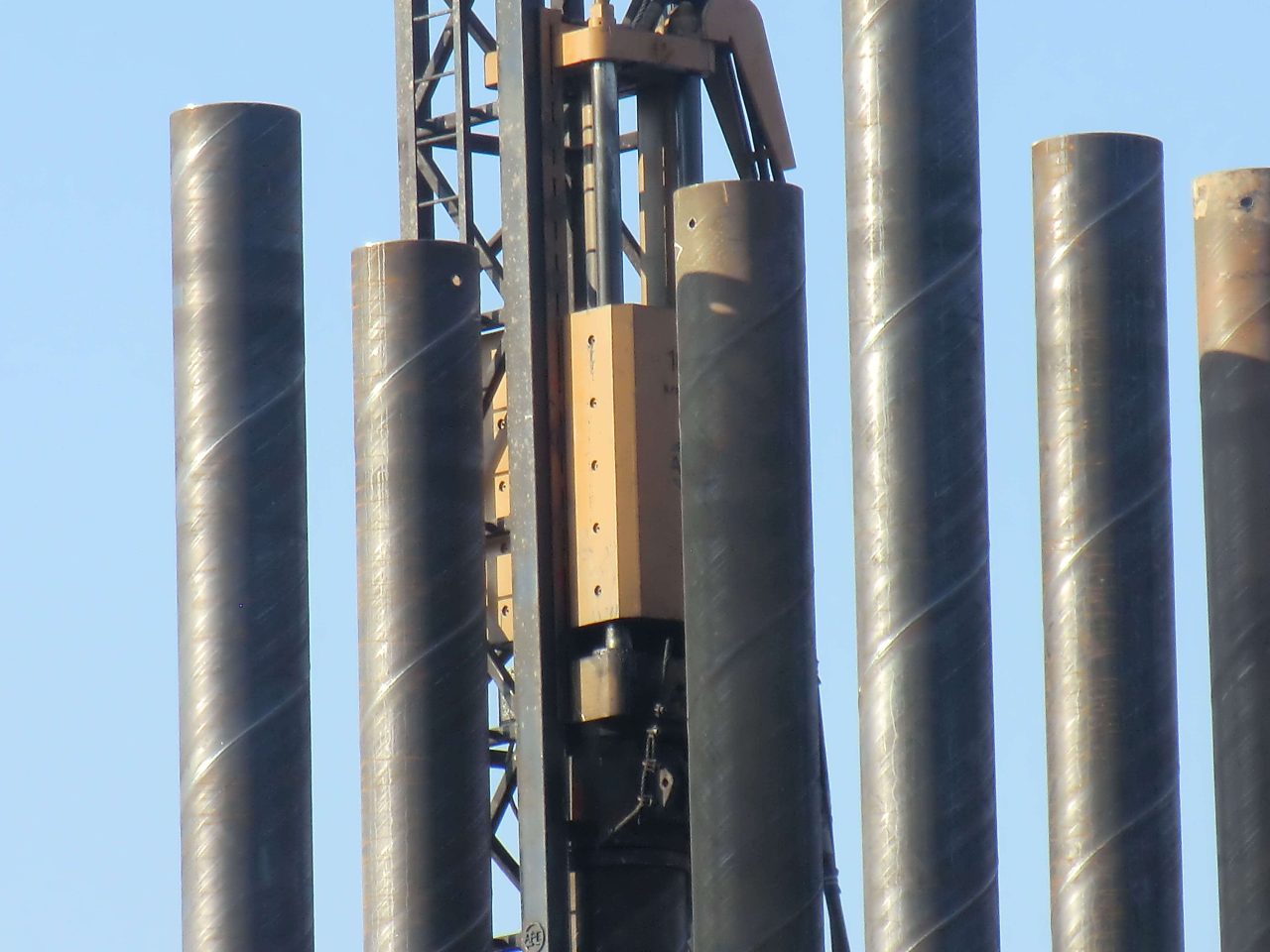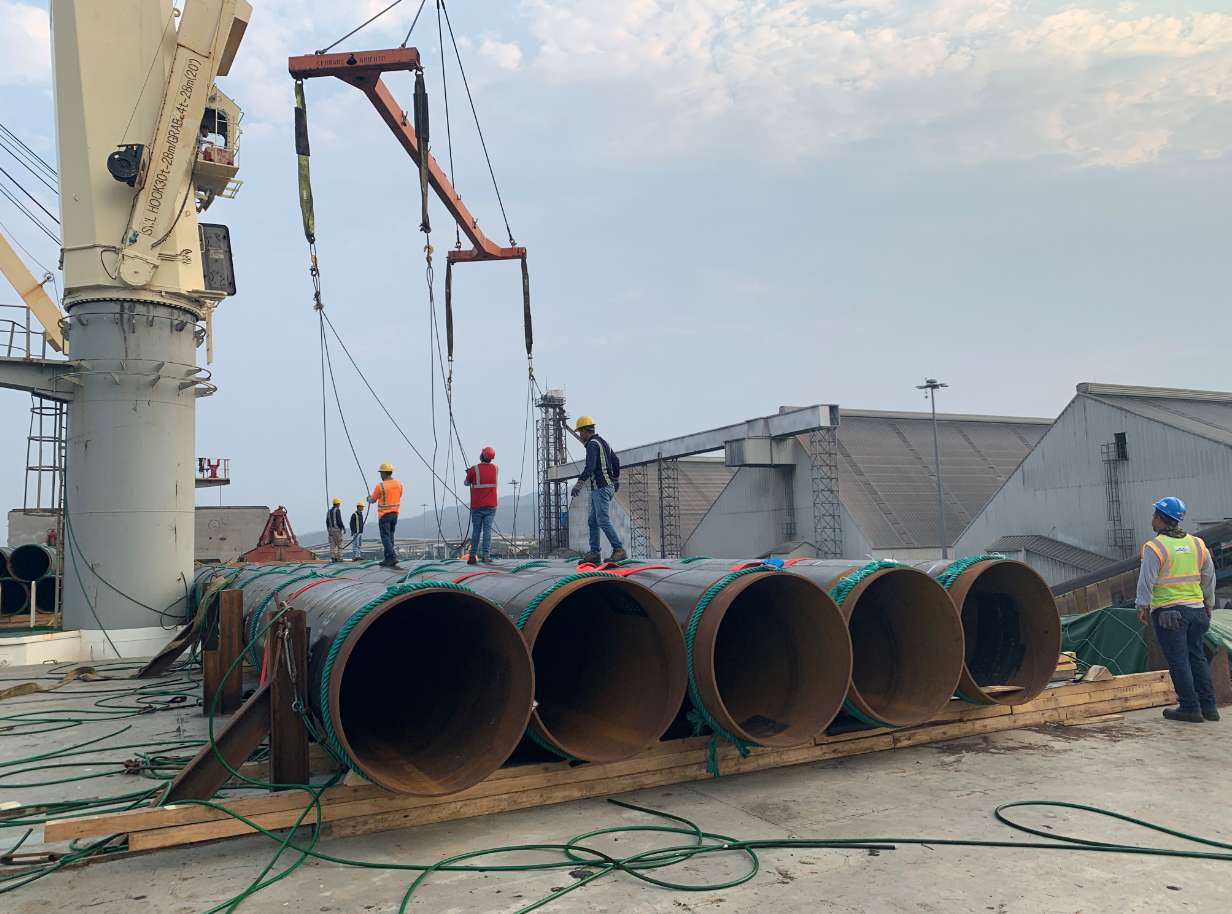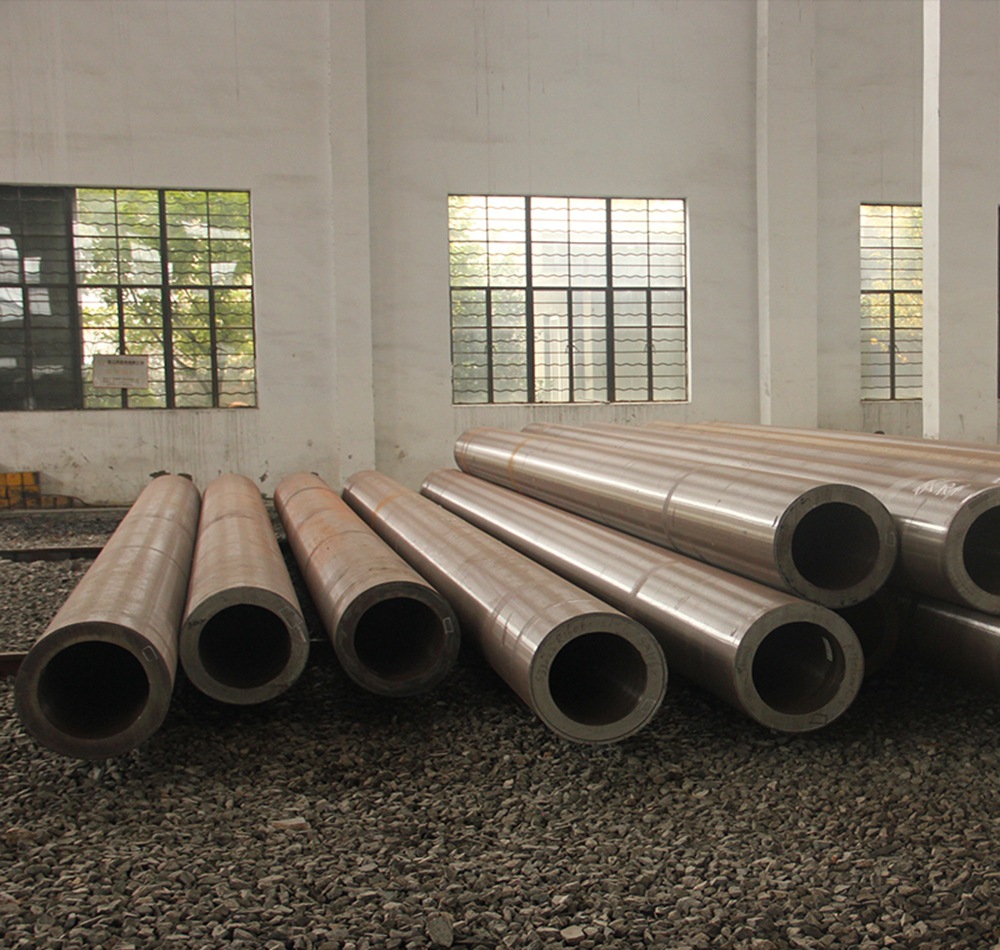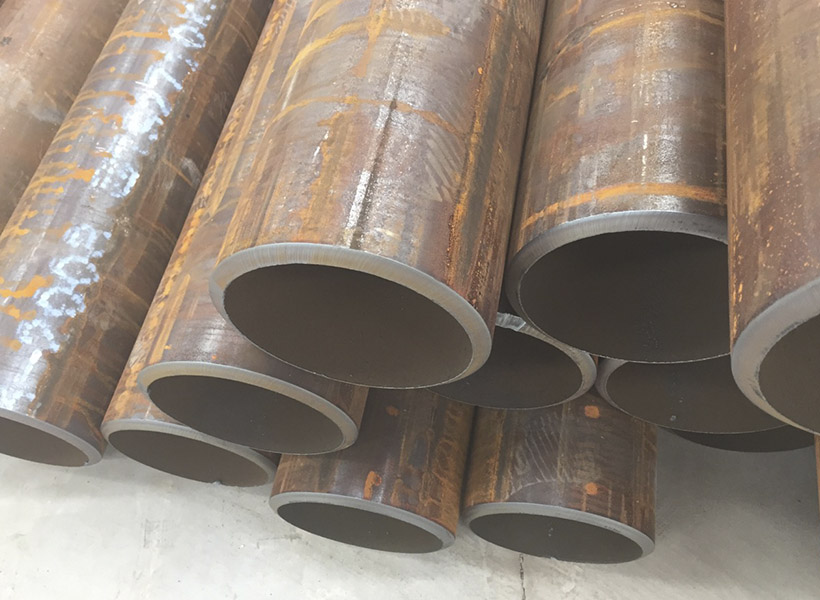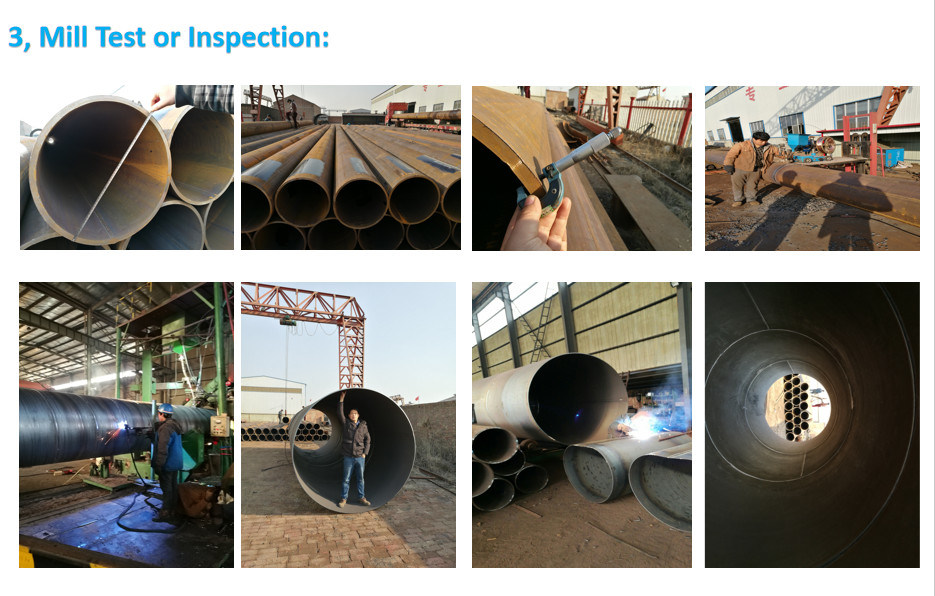How Do Z Piles Develop Sheet Piling Stability & Integrity?
Introduction
Sheet piling is a crucial technique in construction, providing earth retention and excavation support for various projects. Among the different types of sheet piles, Z piles stand out for their unique design and exceptional performance. This article explores how Z piles contribute to the stability and integrity of sheet piling, highlighting their design features, applications, and benefits in construction projects.
Understanding Z Piles
What Are Z Piles?
Z piles are a type of sheet pile characterized by their Z-shaped cross-section. This design allows the piles to interlock with each other, forming a continuous wall that provides excellent strength and stability. Z piles are typically made of steel and are used in a wide range of construction applications.
Design Features of Z Piles
- Interlocking Mechanism: The Z-shaped profile enables Z piles to interlock tightly, creating a strong and stable barrier.
- High Moment of Inertia: The design of Z piles provides a high moment of inertia, enhancing their resistance to bending and deformation.
- Lightweight and Efficient: Despite their strength, Z piles are relatively lightweight, making them easy to handle and install.
How Z Piles Develop Sheet Piling Stability
Enhanced Interlocking Strength
The interlocking mechanism of Z piles is a key factor in their stability. The tight interlock between adjacent piles creates a continuous wall that resists lateral forces and prevents soil movement. This is particularly important in applications such as retaining walls and cofferdams, where stability is critical.
Increased Load-Bearing Capacity
Z piles have a high load-bearing capacity due to their design and material strength. This allows them to support significant loads, making them suitable for projects with heavy earth pressure or water loads. The high moment of inertia further enhances their ability to withstand bending and deformation.
Resistance to Environmental Factors
Z piles are designed to resist environmental factors such as corrosion, erosion, and water pressure. This ensures the long-term stability and integrity of the sheet piling, even in challenging conditions such as coastal or marine environments.
Applications of Z Piles in Construction
Retaining Walls
Z piles are commonly used in constructing retaining walls, providing the necessary support to prevent soil erosion and landslides. Their strength and stability make them ideal for both temporary and permanent retaining structures.
Cofferdams
In cofferdam construction, Z piles create a watertight barrier that allows for excavation and construction in waterlogged areas. Their interlocking design ensures the stability and integrity of the cofferdam, preventing water ingress and soil collapse.
Flood Protection
Z piles are used in flood protection projects to create barriers that prevent water from inundating vulnerable areas. Their resistance to water pressure and environmental factors makes them a reliable choice for flood defense systems.
Marine and Coastal Structures
Z piles are employed in marine and coastal construction, such as docks, piers, and seawalls. Their ability to withstand harsh marine conditions and provide long-term stability is essential for these applications.
Benefits of Using Z Piles
Cost-Effectiveness
Z piles offer a cost-effective solution for sheet piling projects due to their efficient design and ease of installation. Their lightweight nature reduces transportation and handling costs, while their strength minimizes the need for additional support structures.
Versatility
The versatility of Z piles allows them to be used in a wide range of applications, from retaining walls to marine structures. Their adaptability makes them a valuable tool for construction professionals.
Durability
Z piles are designed to withstand environmental challenges and provide long-lasting performance. Their durability ensures the stability and integrity of sheet piling projects for years to come.
Conclusion
Z piles play a vital role in developing the stability and integrity of sheet piling in construction projects. Their unique design, high load-bearing capacity, and resistance to environmental factors make them an ideal choice for various applications. As construction demands continue to evolve, Z piles will remain a key component in ensuring the success and longevity of sheet piling projects.
FAQ
1. What are Z piles used for in construction?
Z piles are used in constructing retaining walls, cofferdams, flood protection barriers, and marine structures, providing stability and support.
2. How do Z piles enhance sheet piling stability?
Z piles enhance stability through their interlocking mechanism, high load-bearing capacity, and resistance to environmental factors.
3. What are the design features of Z piles?
Z piles feature an interlocking mechanism, high moment of inertia, and lightweight design, contributing to their strength and efficiency.
4. Why are Z piles considered cost-effective?
Z piles are cost-effective due to their efficient design, ease of installation, and reduced need for additional support structures.
5. How do Z piles resist environmental factors?
Z piles are designed to resist corrosion, erosion, and water pressure, ensuring long-term stability and integrity in challenging conditions.

